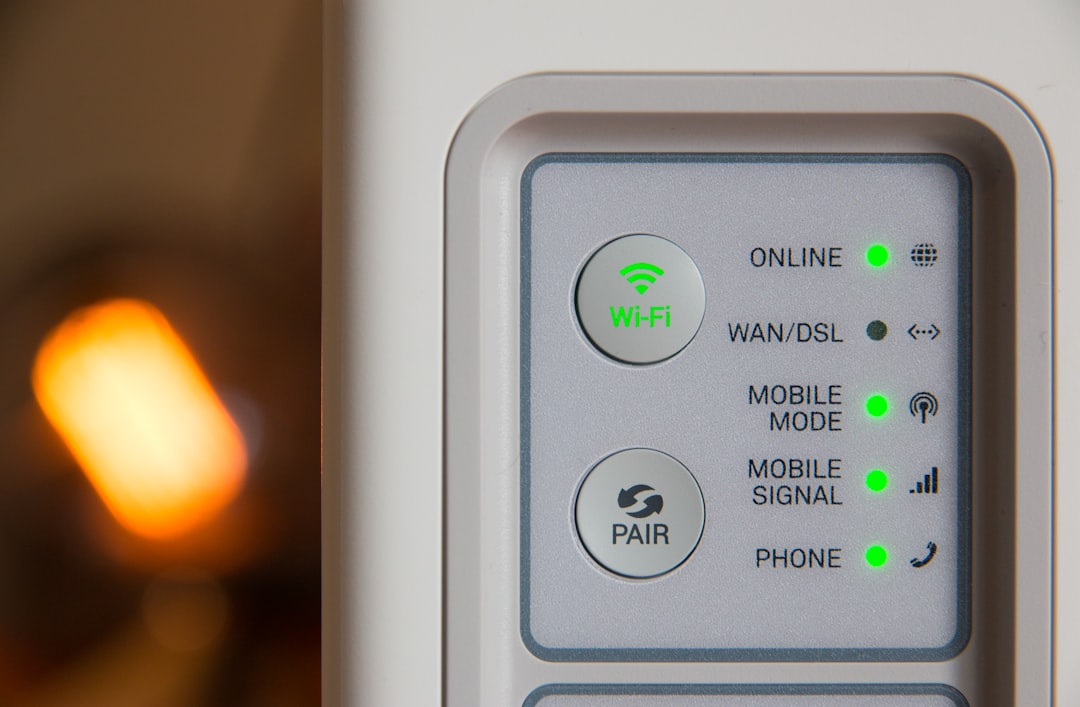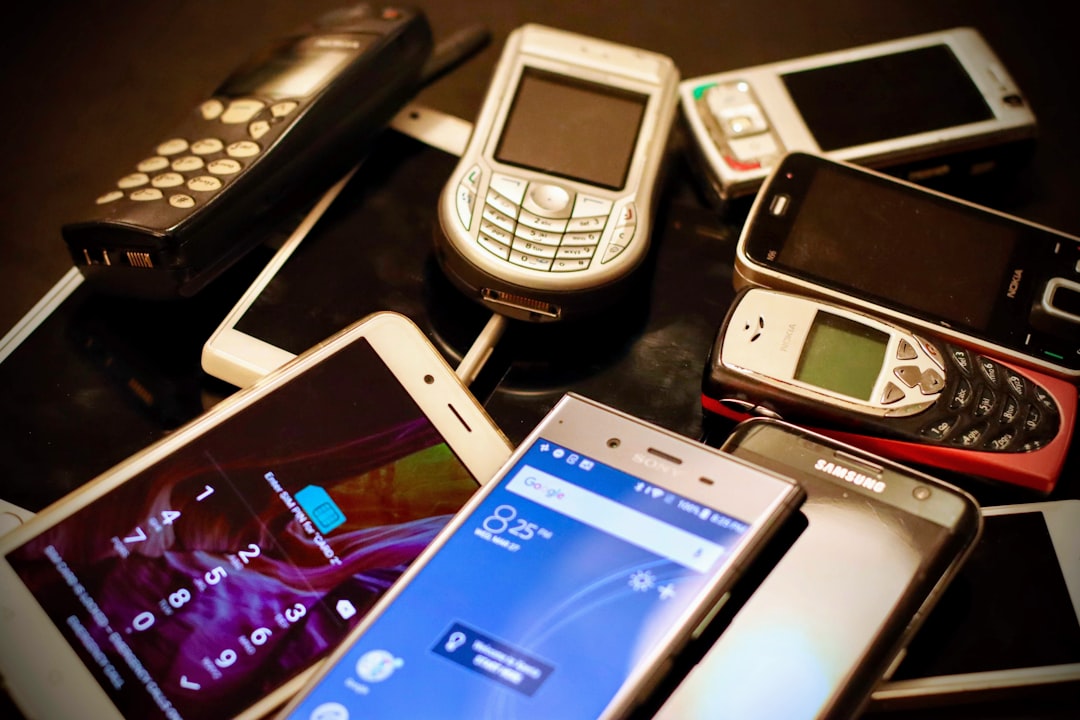Every time you connect to a WiFi network, your devices and router store records of the sites you visit, the connections you make, and even the timestamps of your online activity. While this information can be helpful for troubleshooting network issues, many people prefer to keep their browsing history private. If you’re wondering how to delete your WiFi history, this guide will walk you through the essential steps.
Understanding WiFi History
Your WiFi history can exist in different places:
- Your Router: Most routers log network activity, storing details about connected devices and visited websites.
- Your Device: Browsers and operating systems keep records of your online activity.
- Internet Service Provider (ISP): Your ISP may also retain a log of your browsing history, which can be harder to erase.
If you’re concerned about privacy or just want a clean browsing slate, there are multiple ways to clear your WiFi history.

Deleting WiFi History from Your Router
Your router keeps logs of the websites accessed through your network. To delete this history, follow these steps:
- Access Your Router’s Admin Panel: Open a web browser and enter your router’s IP address (usually 192.168.1.1 or 192.168.0.1).
- Log In: Use your administrator credentials. If you haven’t changed them, the default username and password are often “admin”.
- Find the Logs Section: Navigate to the section labeled “Logs,” “History,” or “System Logs,” depending on your router model.
- Clear the Logs: Look for a “Clear” or “Delete” button to erase recorded browsing data.
- Restart the Router: After clearing the history, reboot your router to ensure the changes take effect.
Keep in mind that some routers may automatically delete logs after a set period, but manually clearing them ensures no lingering traces remain.
Clearing WiFi History from Your Devices
Even if you delete router logs, your browser and devices might still store history locally. Here’s how to clear it:
For Windows:
- Open your browser (Chrome, Edge, Firefox, etc.).
- Press Ctrl + Shift + Delete to bring up the history deletion settings.
- Select the time range (e.g., “All time”).
- Check “Browsing history,” “Cookies,” and “Cached images and files.”
- Click “Clear data.”
For Mac:
- Open Safari (or Chrome/Firefox if using those).
- For Safari, go to “History” > “Clear History” and choose a timeframe.
- For Chrome and Firefox, press Command + Shift + Delete, select the desired history to clear, and confirm.
For Android:
- Open your browser (Chrome, Samsung Internet, etc.).
- Go to “Settings” > “Privacy” > “Clear browsing data.”
- Select the types of data you want to delete and press “Clear.”
For iPhone/iPad:
- Go to “Settings” > “Safari.”
- Scroll down and select “Clear History and Website Data.”
- Confirm the deletion.

Preventing WiFi History Tracking in the Future
If you don’t want to worry about clearing WiFi history repeatedly, consider these preventive measures:
- Use a VPN: A Virtual Private Network (VPN) helps encrypt your data, making it harder for ISPs and routers to track your browsing activity.
- Enable Private Browsing Mode: Browsers like Chrome (Incognito), Firefox (Private Mode), and Safari (Private Browsing) don’t store local browsing history.
- Set Up Router Auto-Wipe: Some advanced routers allow you to schedule automatic log deletions.
- Use a Proxy Server: This helps hide your online activity from prying eyes on your network.
Can Your ISP Still Track You?
Even if you delete browsing history from your router and devices, your Internet Service Provider can still see the websites you visit. If privacy is a major concern, using a VPN is the best way to ensure your online activity is encrypted and untraceable.
By following these steps, you can take control of your online privacy and ensure that your WiFi history remains only as long as you want it to.